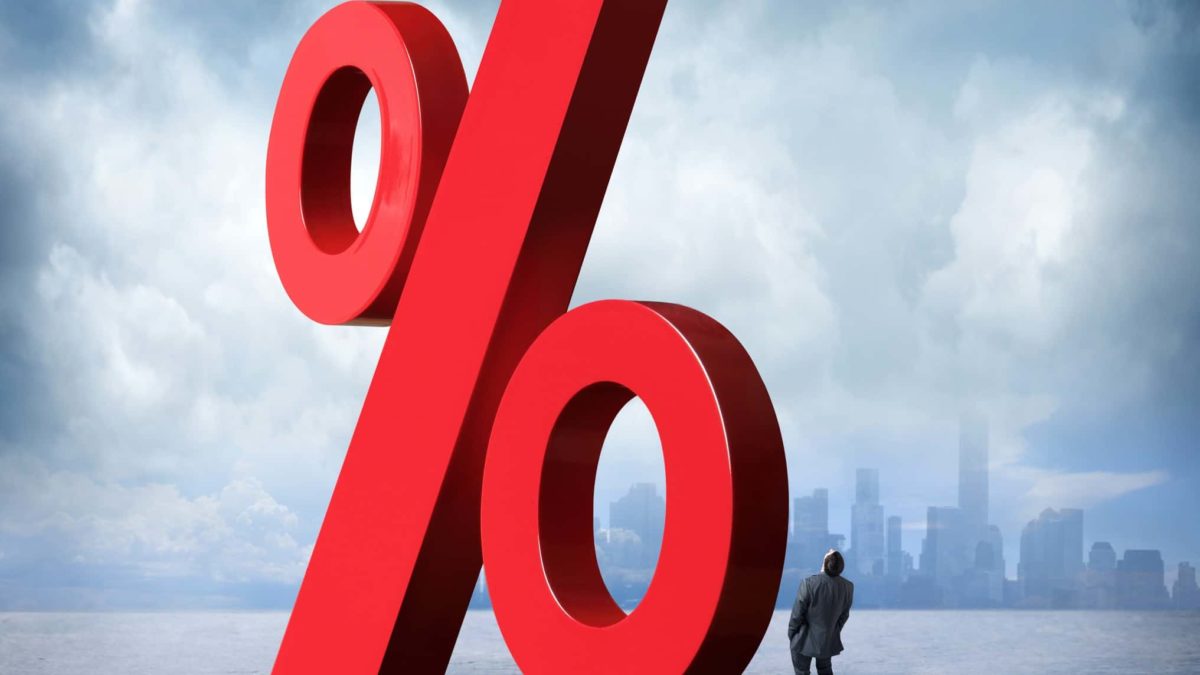As most investors would be aware by now, much of the talk of the financial town over this year so far has revolved around inflation and interest rates. We've seen some pretty unusual (by modern standards) inflation figures come out of both the Australian economy and around the world over the past few months.
Just last week, our own Reserve Bank of Australia (RBA) told the public that CPI inflation was running at 3.5%. The RBA also stated that it is expecting wage growth to hit a multi-year high of 3% next year in 2023.
Much was made of the current monetary policy and what it meant for ASX bank shares like Commonwealth Bank of Australia (ASX: CBA). So what would higher interest rates mean for the ASX banks? Let's dig in.
The record low cash rate of 0.1% that we've been living with ever since the onset of the coronavirus pandemic has resulted in a squeezing of most ASX bank shares' margin spread. That's the difference between the interest a bank pays on deposits and the interest they charge on loans. It's harder for a bank to attract new capital when it is only paying a pittance in interest. Many investors would probably rather have their money in the property or share markets than in a bank account earning an interest rate of say 0.2% per annum.
How are ASX bank shares affected by higher interest rates?
So it's arguably a good thing for ASX banks if inflation picks up and the RBA raises interest rates. A higher cash rate means that the banks can start lifting the interest they pay on their deposits. It also means that they can raise their loan and mortgage rates, probably by more than the RBA's cash rate increases over time. In this scenario, this will help restore the banks' squeezed margin spreads over time, and help boost profitability.
In this way, many investors are expecting ASX banks to whether a high inflation/high interest rate environment with relative ease.
That all sounds fine. However, there is one other factor to consider. Rising interest rates means that anyone who already has a non-fixed mortgage will have to pay higher interest on their mortgage. According to a recent report from the ABC, there are more than a million homeowners who have never experienced an interest rate rise on their loans. That's because the last time the RBA raised rates was back in November 2010. And a lot of mortgages (more than a million) have been written since then.
Don't forget about mortgages
What's also happened since then is that the average mortgage has almost doubled in size. According to the report, the average mortgage back in 2011 was around $363,421. Today, it's at $602,035. Thus, if interest rates were to rise back to the levels we saw 11 years ago, investors would be paying almost twice as much interest as they were back in 2011 when the cash rate was around 5%.
If interest rates do go up, even if not back to 5%, it would mean a massive increase in the mortgage bills of millions of mortgage holders. Now even if most of those investors can meet their new, higher repayments, there's a chance that some won't be able to manage. And that would be very bad news for the banks. Customers defaulting on mortgages is the last thing a bank wants. That's because it could result in written-off loans, which badly damage a bank's balance sheet.
So higher rates might not be as good for ASX bank shares as one might initially think.
Either way, the new era of rising interest rates that we seem poised to enter could bring a lot of uncertainty to the Australian economy, and to ASX bank shares. A Brave New World indeed.








